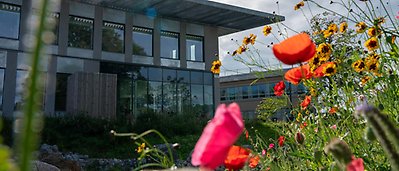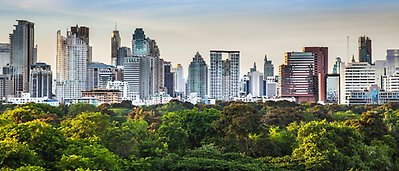Patterns of land-cover transitions from satellite imagery of the Brazilian Amazon
Summary
Changes in land-use systems in tropical regions, including deforestation, are a key challenge for global sustainability because of their huge impacts on green-house gas emissions, local climate and biodiversity.
However, the dynamics of land-use and land-cover change in regions of frontier expansion such as the Brazilian Amazon is not yet well understood because of the complex interplay of ecological and socio-economic drivers. In this paper, we combine Markov chain analysis and complex network methods to identify regimes of land-cover dynamics from land-cover maps (TerraClass) derived from high-resolution (30 m) satellite imagery.
We estimate regional transition probabilities between different land-cover types and use clustering analysis and community detection algorithms on similarity networks to explore patterns of dominant land-cover transitions. We find that land-cover transition probabilities in the Brazilian Amazon are heterogeneous in space and adjacent subregions tend to be assigned to the same clusters. When focusing on transitions from single land-cover types, we uncover patterns that reflect major regional differences in land-cover dynamics.
Our method is able to summarize regional patterns and thus complements studies performed at the local scale.






